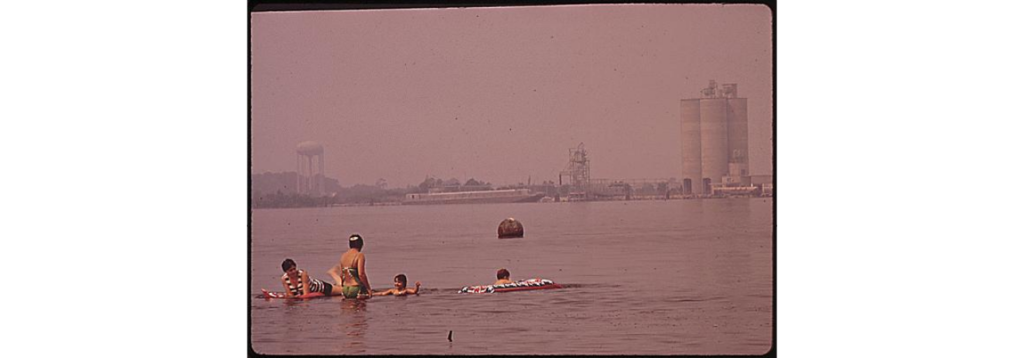The Long Arm of Housing Segregation

This is one of those studies that demonstrates things already well known by scholars of the relevant fields such as environmental history and environmental justice, but since it comes out of STEM fields, it gets the attention of the media. In any case though, it’s important because we need to understand how decisions about segregation made many decades ago continues to shape society today.
Urban neighborhoods that were redlined by federal officials in the 1930s tended to have higher levels of harmful air pollution eight decades later, a new study has found, adding to a body of evidence that reveals how racist policies in the past have contributed to inequalities across the United States today.
In the wake of the Great Depression, when the federal government graded neighborhoods in hundreds of cities for real estate investment, Black and immigrant areas were typically outlined in red on maps to denote risky places to lend. Racial discrimination in housing was outlawed in 1968. But the redlining maps entrenched discriminatory practices whose effects reverberate nearly a century later.
To this day, historically redlined neighborhoods are more likely to have high populations of Black, Latino and Asian residents than areas that were favorably assessed at the time.
…
The neighborhoods within Berkeley and Oakland that were redlined sit on lower-lying land, closer to industry and bisected by major highways. People in those areas experience levels of nitrogen dioxide that are twice as high as in the areas that federal surveyors in the 1930s designated as “best,” or most favored for investment, according to the new pollution study.
Margaret Gordon has had decades of experience with these inequalities in West Oakland, a historically redlined neighborhood. Many children there suffer from asthma related to traffic and industrial pollution. Residents have long struggled to fend off development projects that make the air even worse.
“Those people don’t have the voting capacity, or the elected officials, or the money to hire the lawyers, to fight this,” said Ms. Gordon, co-director of the West Oakland Environmental Indicators Project, an advocacy group.
It’s a giant “duh, of course” but lots of people don’t want to talk about these things. They’d rather justify Maddie and Connor going to the GOOD schools based on something else other than race. But housing equals power and wealth in this society. Those who can keep these people out are going to do all they can to keep them around the sources of pollution, whether in 1952 or 2022. After all, we have HOME VALUES to worry about!


